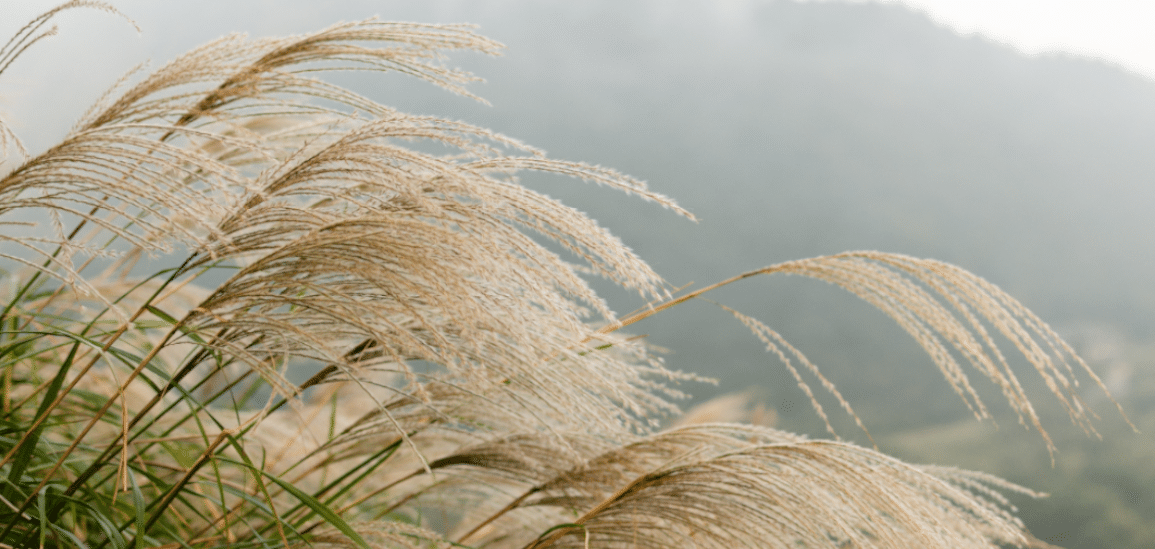Miscanthus is still a little-known plant.
Yet it has many ecological and economic advantages, and offers a wide range of uses.

Miscanthus identity card
Miscanthus is a plant of the Poaceae family (grasses) native to southern Asia and Africa.
This sugarcane-like plant originally grew in mountains and swamps.
This plant generally grows to 3 to 4 meters tall and is planted once every 20-25 years.
Perennial, it can thrive in stony, clay and even sandy soils.
The benefits of miscanthus
This grass requires little maintenance once planted. It has few known diseases and few animal/insect pests.
Although it appreciates being watered, it is particularly resistant to lack of water.
Miscanthus also reduces runoff and soil erosion. It also readily absorbs heavy metals and recycles nitrogen. Which makes it an ecological ally par excellence!
One plant for many uses
Easy to maintain and economical, miscanthus is nonetheless unusable.
It captures moisture very well, making it an excellent mulch for animal bedding, such as for horses.
Miscanthus can also be used as mulch for gardens and plants. In addition to moisture, it also preserves the soil’s microbial life.
It can also be used as insulation ineco-construction buildings. And it’s an excellent phytodepurator for ponds!
At Lécopot, we have fully understood its valuable assets and we now offer it as litter for your dry toilets: Miscanthus litter
Ideal as a complement to other litter such as
shavings
It provides good aeration of the compost and helps to transform the matter.
Discover
our article on the different types of dry toilet litter.